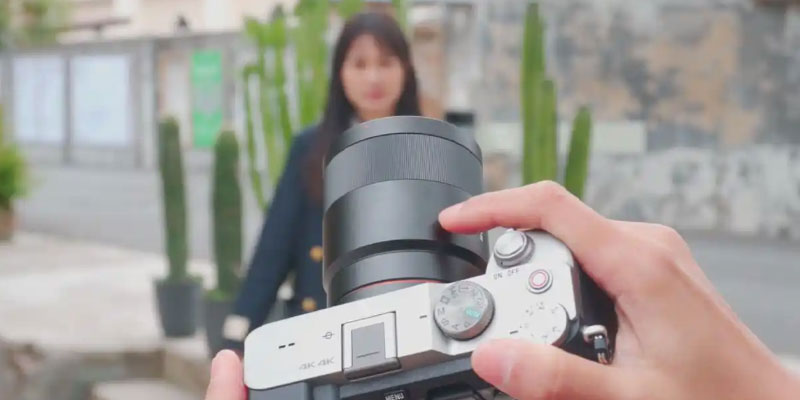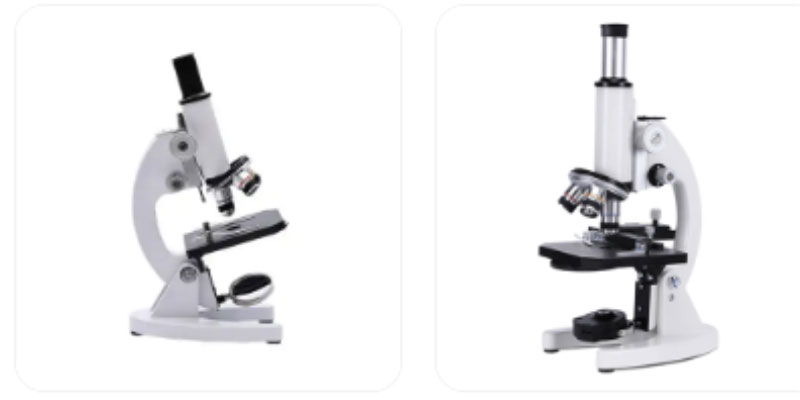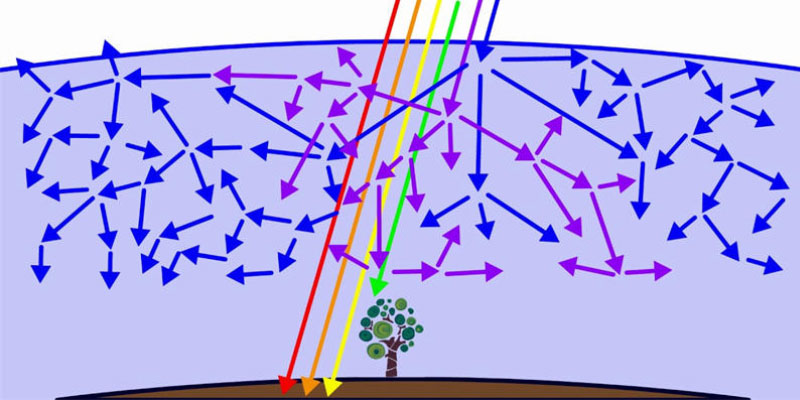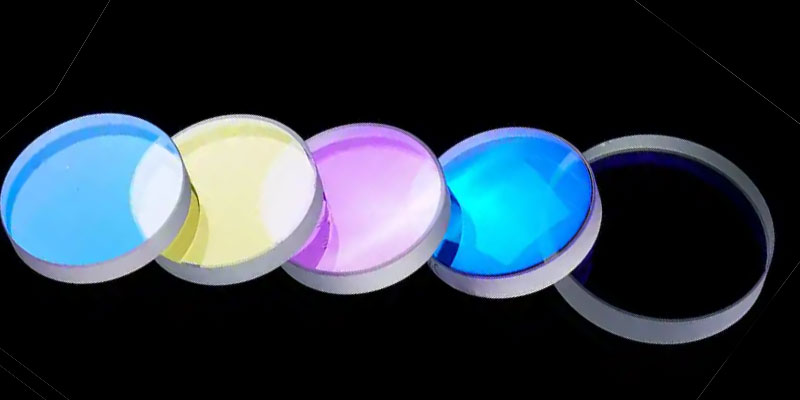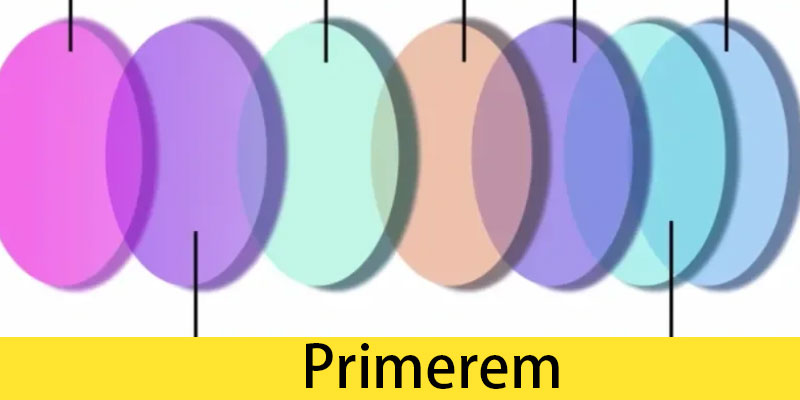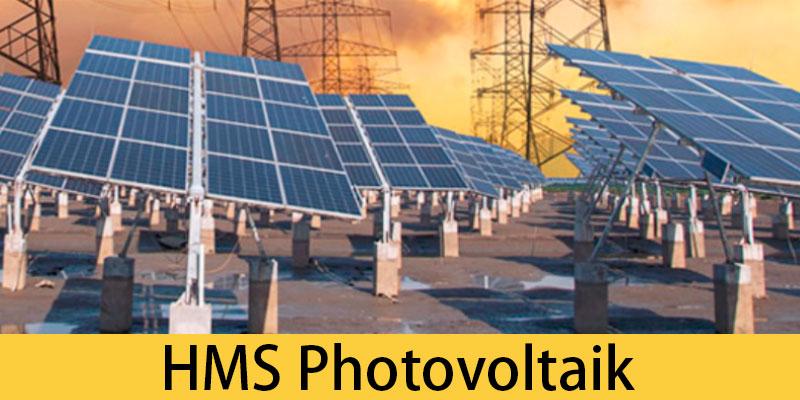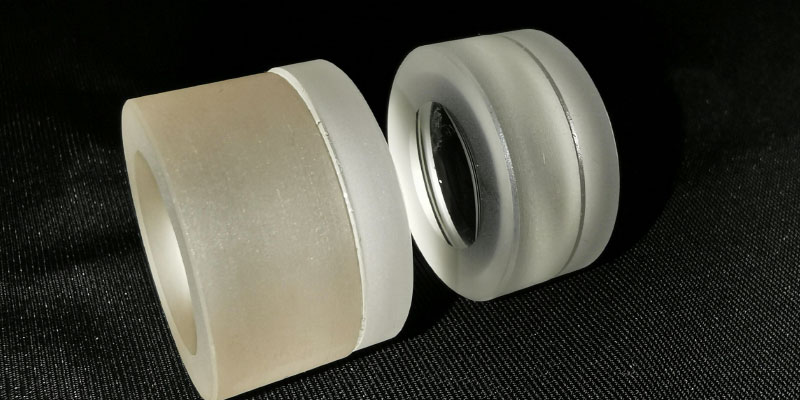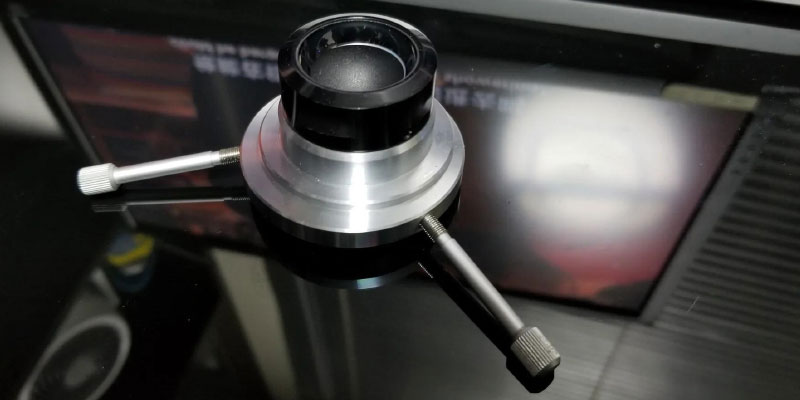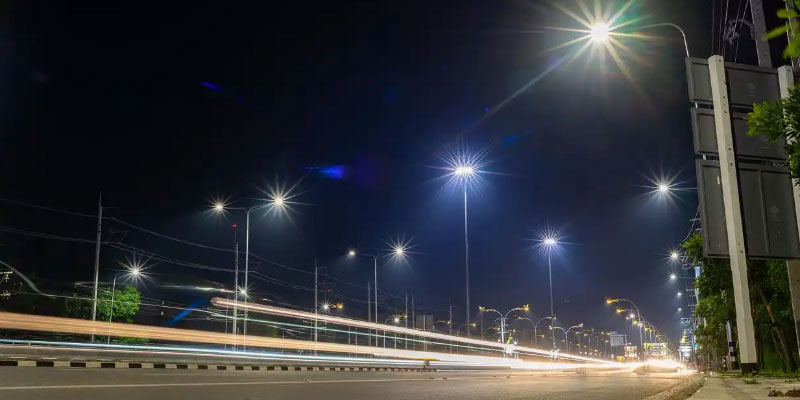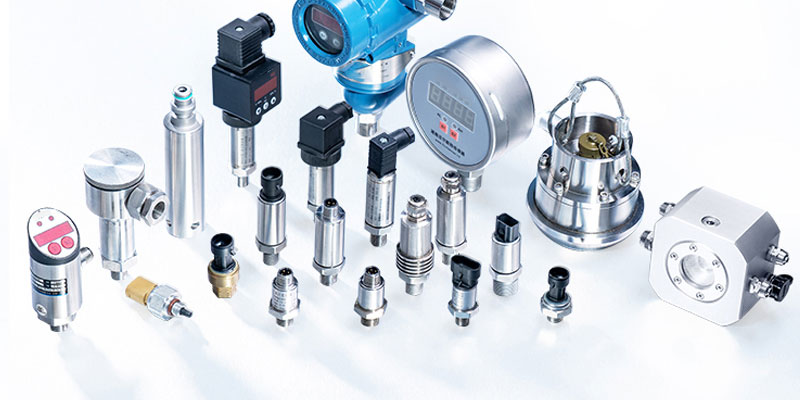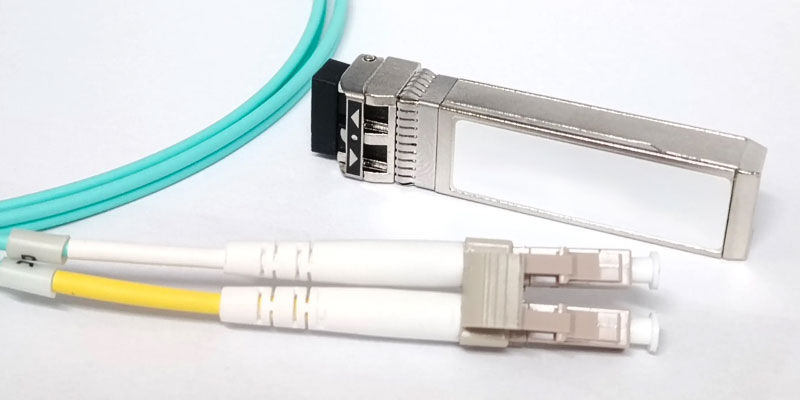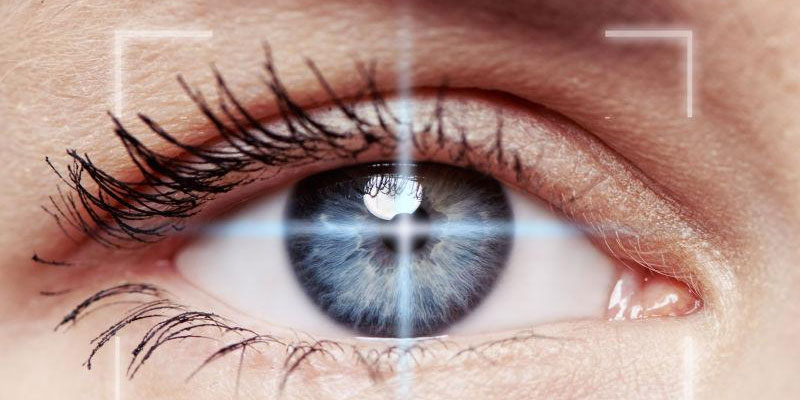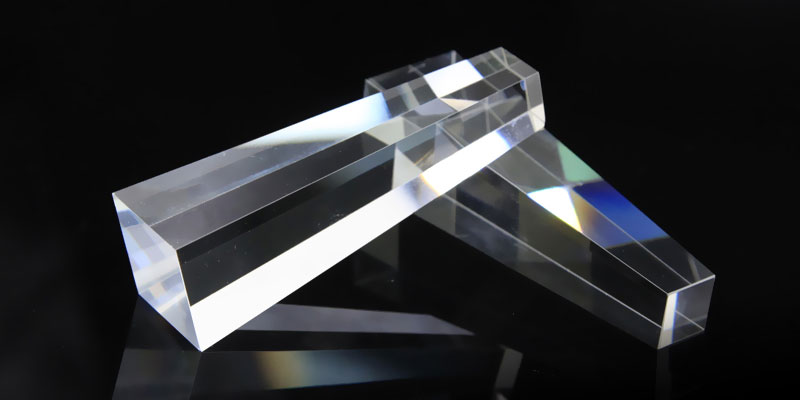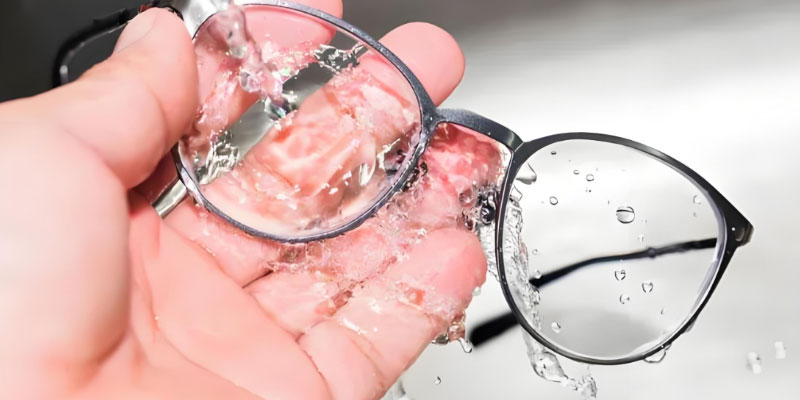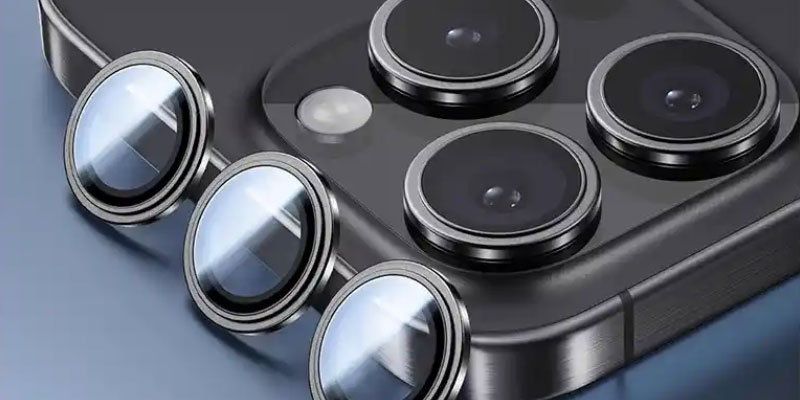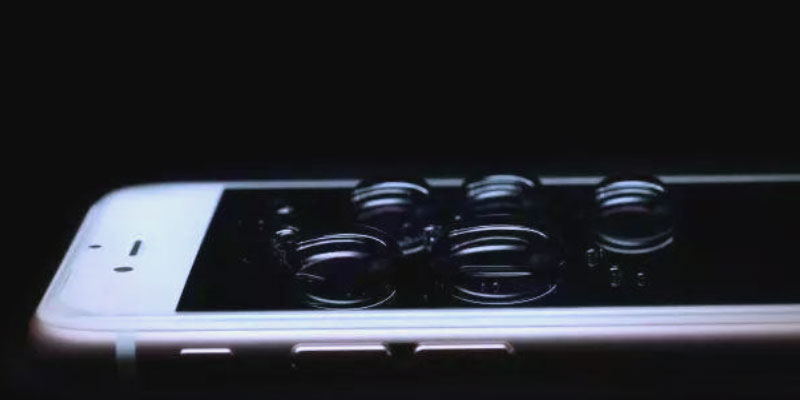
1.The core principle of hydrophobic layers: Why do water droplets “roll off”?
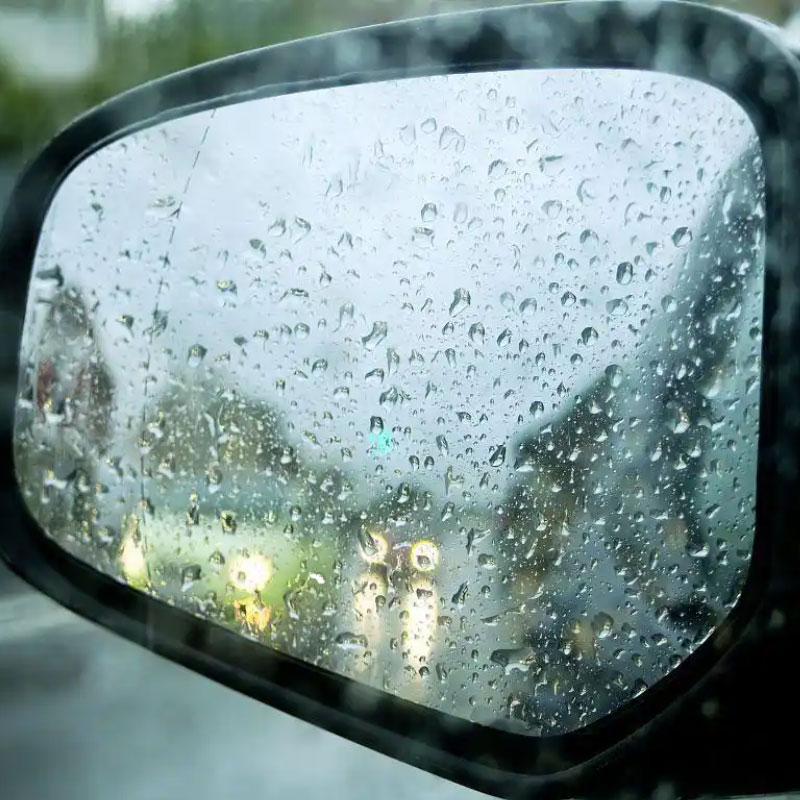
The essence of Optica Lens Hydrophobic Coating layers is to achieve a “water-repellent” effect by altering the surface microstructure and chemical composition. The scientific basis for this includes two points:
- Low surface energy materials: Commonly used materials include fluorosilanes (such as tridecafluorooctyl triethoxysilane) or polydimethylsiloxane (PDMS), with surface energies as low as 10–20 mN/m (data source: American Chemical Society’s Langmuir journal), far below water’s 72 mN/m, forcing water droplets to contract into spherical shapes.
- Microscopic rough structure: Nanoscale textures (such as micron-nano composite structures mimicking lotus leaves) further increase the contact angle. For example, the contact angle of treated hydrophobic glass can reach 120°–160°, with a rolling angle less than 10° (refer to the study in *Nature Materials*), causing water droplets to easily slide off and carry away dust.
2.Mainstream Preparation Technologies: How to “coat glass with a raincoat”?
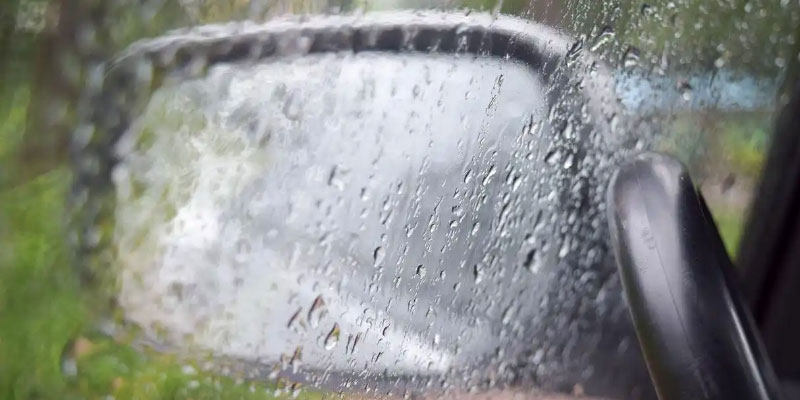
Currently, the industry primarily employs the following methods:
- Sol-gel method: Mixing silane precursors (such as TEOS) with hydrophobic agents for coating, followed by low-temperature curing. This method is cost-effective but has poor durability (typically lasting 1–2 years).
- Chemical Vapor Deposition (CVD): Fluorocarbon compounds are vaporized and deposited in a vacuum environment to form a dense film. Hardness can reach 9H (pencil hardness standard), with a lifespan exceeding 5 years, but equipment investment is high.
- Plasma Treatment: Hydrophobic molecules are grafted onto the surface after activation by radiofrequency plasma, suitable for complex-shaped glass, but requires regular maintenance.
3.Application Scenarios: From Smartphone Screens to Skyscrapers
- Automotive Industry: The side windows of the Tesla Cybertruck feature a CVD hydrophobic coating, eliminating the need for windshield wipers at speeds of 60 km/h in rainy conditions (Patent US20220169921A1).
- Building Energy Efficiency: The facade of the Burj Khalifa in Dubai uses hydrophobic glass, reducing water usage for cleaning by 90% and saving approximately 1.2 million kWh annually (according to the “Green Building” report).
- Consumer Electronics: The Huawei Mate X3 foldable smartphone is coated with a self-healing hydrophobic film, with scratches automatically healing within 24 hours (laboratory data).
In the future, with the integration of superhydrophobic materials (contact angle >170°) and photocatalytic self-cleaning technology, Optica Lens Hydrophobic Coating layers will evolve toward “zero maintenance.” However, it is important to note that existing technologies still face challenges such as low-temperature failure (coating cracks at temperatures below -20°C) and environmental sustainability (some fluoride compounds are difficult to degrade), which will be key areas for breakthroughs in the next generation of research.
optlenses
Related Blogs


